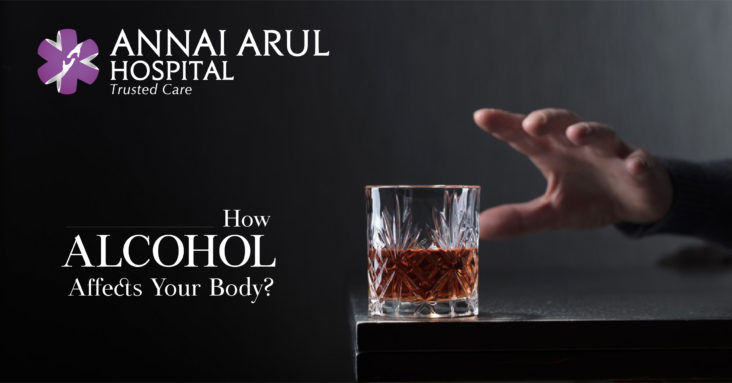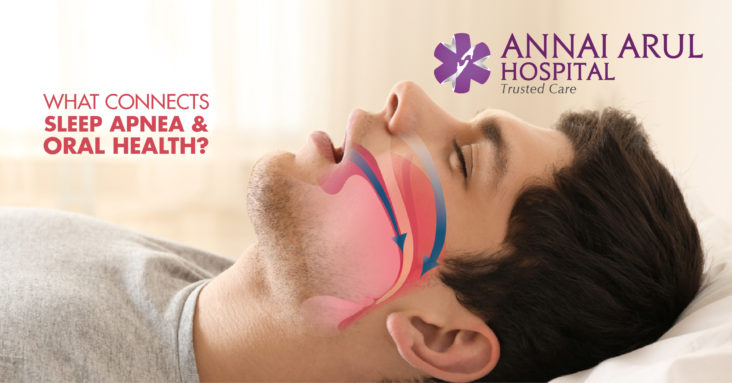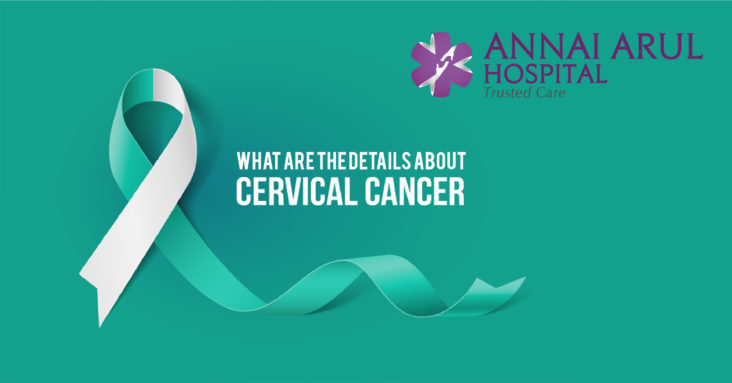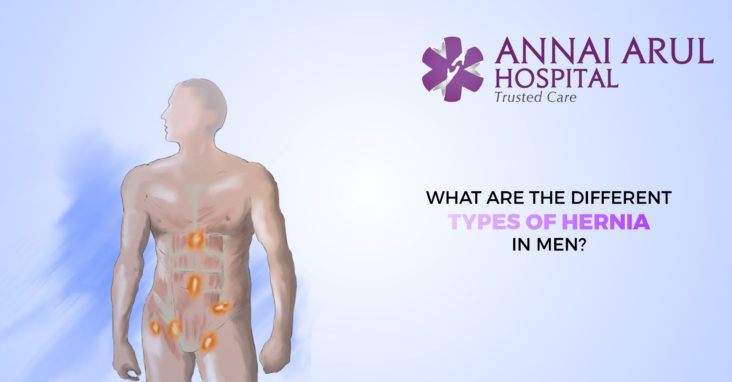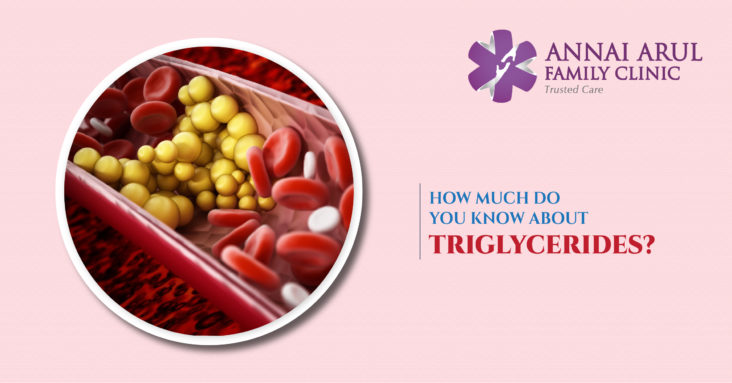Straight to Your Head
Thirty seconds after your first taste, liquor races into your brain. It hinders the chemicals and pathways that your brain cells use to send messages. That modifies your state of mind, slows your reflexes, and throws you off balance. You additionally cannot think straight, which you may not remember later in light of the fact that you will have difficulty to store things in your memory.
Your Brain Shrinks
In any chance you drink heavily for quite a while, liquor can influence how your brain looks and functions. Its cells begin to change and even get littler. A lot of liquor can really shrivel your cerebrum. What’s more, that will affect your capacity to think, learn, and recall things. It can likewise make it harder to keep a steady body temperature and control your activity.
Does It Help You Sleep?
Liquor’s slow-down effect on your mind can make you tired, so you may snooze off more easily. In any case, you will not sleep sound. Your body will process alcohol for the duration of the night. When the impacts wear off, it leaves you tossing and turning. You do not get that good REM rest your body needs to feel refreshed. Also, you are bound to have bad dreams and evocative dreams. You will additionally most likely wake up more regularly to use the rest room.
More Stomach Acid
Alcohol disturbs the coating of your stomach and makes your digestive juices flow. At the point when enough acid and alcohol build up, you get nauseated and you may vomit. Long periods of heavy drinking can cause excruciating wounds called ulcers in your stomach. What more, elevated amounts of stomach juices mean you will not feel hungry. That is one reason heavy alcoholics regularly do not get all the supplements they need.
Diarrhea and Heartburn
Your small intestine and colon get aggravated as well. Liquor loses the normal speed that food travels through them. That is the reason hard drinking can prompt diarrhea, which can transform into a long-term issue. It additionally makes heartburn more probable – it loosens up the muscle that keeps acid out of your throat, the tube that connects your mouth and stomach.
Why You Have to Pee … Again
Your brain emits a hormone that keeps your kidneys from making an excess of urine. In any case, when liquor swings into action, it advises your brain to hold off. That implies you need to go more often, which can leave you dehydrated. When you drink vigorously for a years, that additional workload and the lethal impacts of liquor can wear your kidneys down.
The Steps to Liver Disease
Your liver separates practically all the liquor you drink. All the while, it handles a great deal of toxins. Overtime, substantial drinking makes the organ fatty and lets thicker, fibrous tissue develop. This limits blood flow, so liver cells don’t get what they have to endure. As they cease to exist, the liver gets scars and quits functioning also, a condition called cirrhosis.
Pancreas Damage and Diabetes
Typically, this organ makes insulin and different chemical substances that help your intestine separate or break down food. In any case, liquor stops that procedure. The chemicals remain inside the pancreas. Along with the poison from liquor, they cause inflammation in the organ, which can lead to serious harm. After years, that implies you won’t almost certainly make the insulin you need, which can prompt diabetes. It likewise makes you bound to get pancreatic cancer.
What’s a Hangover?
That cotton-mouthed, bleary-eyed morning-after is not a mishap. Liquor makes you dehydrated and makes veins in your body and brain extend. That gives you your headache. Your stomach needs to dispose the poison and acids that liquor churns up, which gives you queasiness and vomiting. What’s more, now that your liver was so busy processing liquor, it did not discharge enough sugar into your blood, expediting shortcoming and the shakes.
An Offbeat Heart
One night of hard-core boozing can clutter the electrical sign that keep your heart’s rhythm consistent. If you do it for a considerable length of time, you can make those changes permanent. Furthermore, liquor can actually destroy your heart completely. After some time, it causes heart muscles to hang and stretch, similar to an old elastic band. It cannot pump blood also, and that affects all aspects of your body.
A Change in Body Temperature
Liquor enlarges your veins, making more blood flow to your skin. That makes you become flushed and feel warm and toasty. In any case, not for long. The warmth from that additional blood passes ideally out of your body, making your temperature drop. Again, long-term drinking increases your blood pressure. It makes your body discharge stress hormones that narrow blood vessels, so your heart needs to pump harder to drive blood through.
A Weaker Immune System
You probably would not link a cold with a night of drinking, yet there may be an association. Liquor puts the brakes on your immune system. Your body cannot make the quantities of white platelets it needs to battle germs. So for 24 hours in the wake of drinking, you are bound to become ill. Long-term, heavy drinkers are considerably more prone to get ailments like pneumonia and tuberculosis.
Hormone Havoc
These very powerful chemicals oversee everything from your sex drive to how quick you digest food. To prop everything up easily, you need them in the right parity. However, liquor tosses them down. In ladies, that can knock your periods off cycle and cause issues getting pregnant. In men, it can mean inconvenience getting an erection, a lower sperm count, shrinking testicles, and breast development.
Hearing Loss
Liquor impacts your hearing, however nobody is certain precisely how. It may be the case that it upsets the piece of your brain that processes sound. Or on the other hand it may harm the nerves and minor hairs in your internal ear that help you hear. If this happens, drinking implies you need the sound to be more louder so you can hear it. What’s more, that can end being a permanent hearing loss. Long-term consumers regularly often have hearing loss.
Thin Bones, Less Muscle
Heavy drinking can throw off your calcium levels. Alongside the hormone changes that liquor triggers, that can stop your body from forming new bones. They get more slender and increasingly fragile, a condition called osteoporosis. Liquor additionally limits blood flow to your muscles and hinders the proteins that build them up. After some time, you’ll have lower muscle bulk and less strength.


